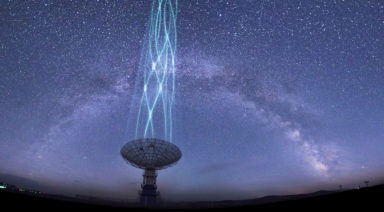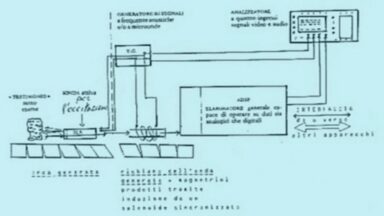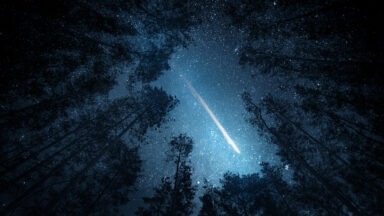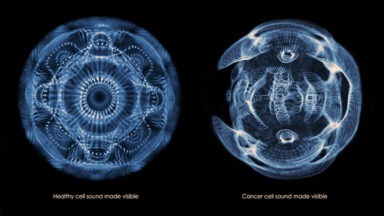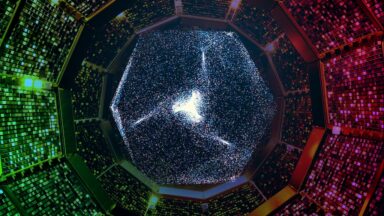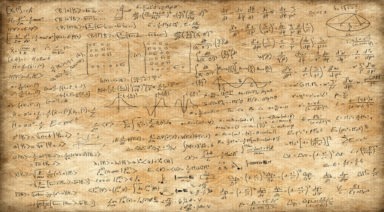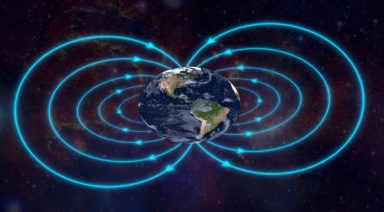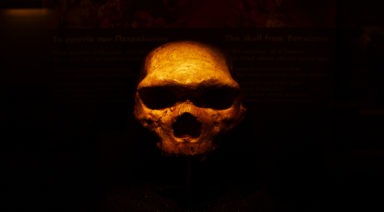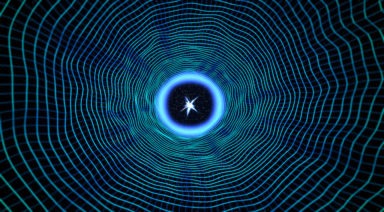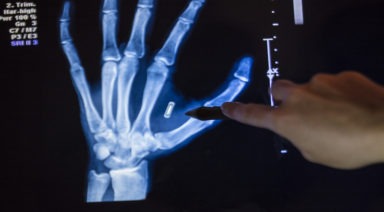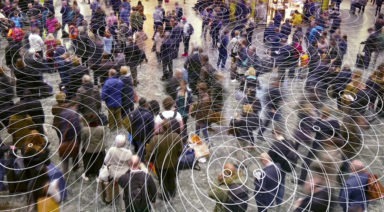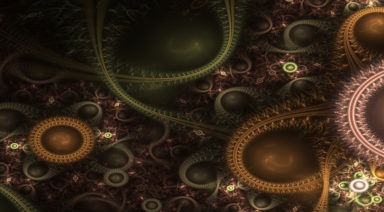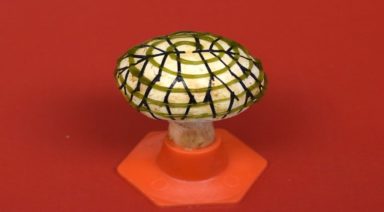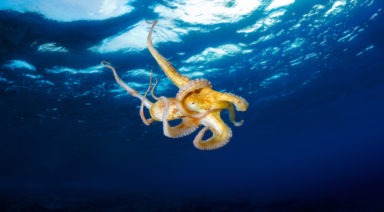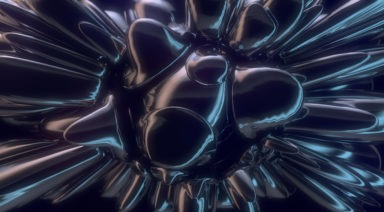NASA’s Curiosity Rover Found A Strange Metallic Object on Mars
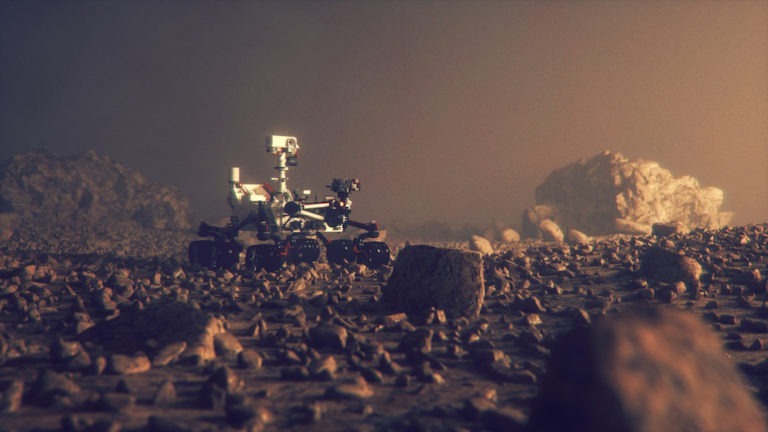
NASA’s Curiosity rover recently stumbled upon an unusually shiny object in Mars’ Gale Crater. While the discovery received some coverage, it came at a time when most attention was focused on the space agency’s successful touchdown of the InSight Lander. NASA says it believes the object may be a meteorite and that it plans to study it more closely, though Curiosity was unable to pick it up on its first attempt.
The object, which NASA named Little Colonsay after an island in Scotland, has a distinct sheen to it, even noticeable through a black and white image the agency posted on its website.
“The planning team thinks it might be a meteorite because it is so shiny,” Susanne Schwenzer, a member of the Curiosity team, wrote. “But looks can deceive, and proof will only come from the chemistry.”
Curiosity has discovered meteorites in the past, though every irregular or eye-catching find sparks excitement, especially considering the recent discovery of a 12-mile wide body of water beneath the planet’s surface — a breakthrough confirming that Mars, at some point in its past, contained vast oceans and potentially harbored life. This possibility excites those who believe we may find evidence of a lost civilization or even fossils beneath the planet’s dusty surface.

The latest discovery apparently occurred the same day the InSight Lander touched down, as NASA’s JPL website said Curiosity was greeted by the Mr. Rogers’ jingle “Please would you be my neighbor,” before it got to work studying Little Colonsay.
This is not the first time Curiosity has come across anomalous looking objects, as it once found a piece of plastic, which was later alleged to have originated as debris from its landing.
Other strange looking objects the rover uncovered have convinced people that NASA found animals or artificial remnants it then covered up or ignored. However, the space agency insists these to be the product of pareidolia – a trick our minds play on us to make objects appear recognizable – though still, some remain skeptical.
Back in August, a very distinctly shaped object was discovered by Curiosity igniting speculation of an alien artifact or that it was a piece of the rover which was starting to fall apart. NASA tried to quell the excitement saying it tested the object and found it was a rock.
In other instances, online sleuths have claimed that the rover imaged animals including a squirrel and a duck on the Martian surface. These claims however, should probably be taken with a grain of salt, but if you’re interested you can find them here and here.
Even if most of Curiosity’s discoveries are just rocks, there are in fact, some truly unexplained anomalies discovered while observing the red planet – check them out in this episode of Deep Space :
Is This a Solution to the Fermi Paradox?
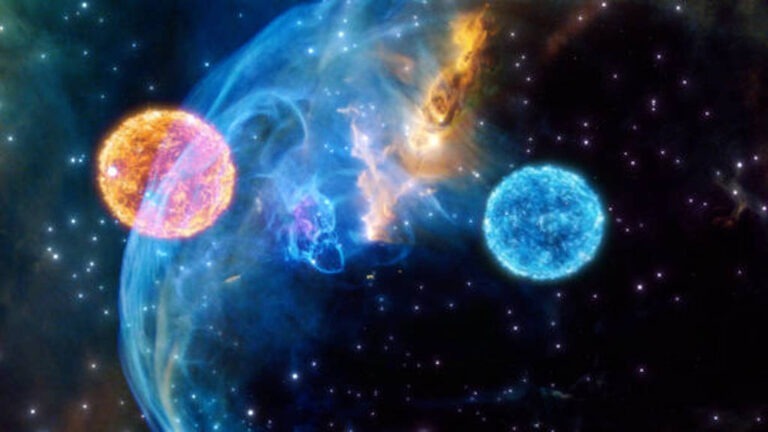
A new theory has been devised on why aliens have never visited Earth, that we know of, as a possible resolution to the Fermi paradox.
Many who are curious about the existence of ETs have heard about the “Fermi paradox,” named after famous astrophysicist Enrico Fermi.
The story goes that in a lunchtime conversation with other astrophysicists who reasoned that, given the vast size and age of the universe it stands to reason, there must be other intelligent life out there, to which Fermi asked, “where is everybody?”
For decades people have tried to answer that question if there are so many possible ET civilizations, where are they? Now, astrobiologists Michael Wong, of the Carnegie Institution for Science, and Stuart Bartlett, of the California Institute of Technology offer their hypothesis, and it’s a bit dark.
Using studies of the growth of cities on Earth, they argue that civilizations grow infinitely but in a finite time. This infinite growth of population and overuse of energy will eventually lead to the death of the civilization or possibly saving themselves.
“We propose a new resolution to the Fermi paradox: civilizations either collapse from burnout or redirect themselves to prioritizing homeostasis, a state where cosmic expansion is no longer a goal, making them difficult to detect remotely.”



